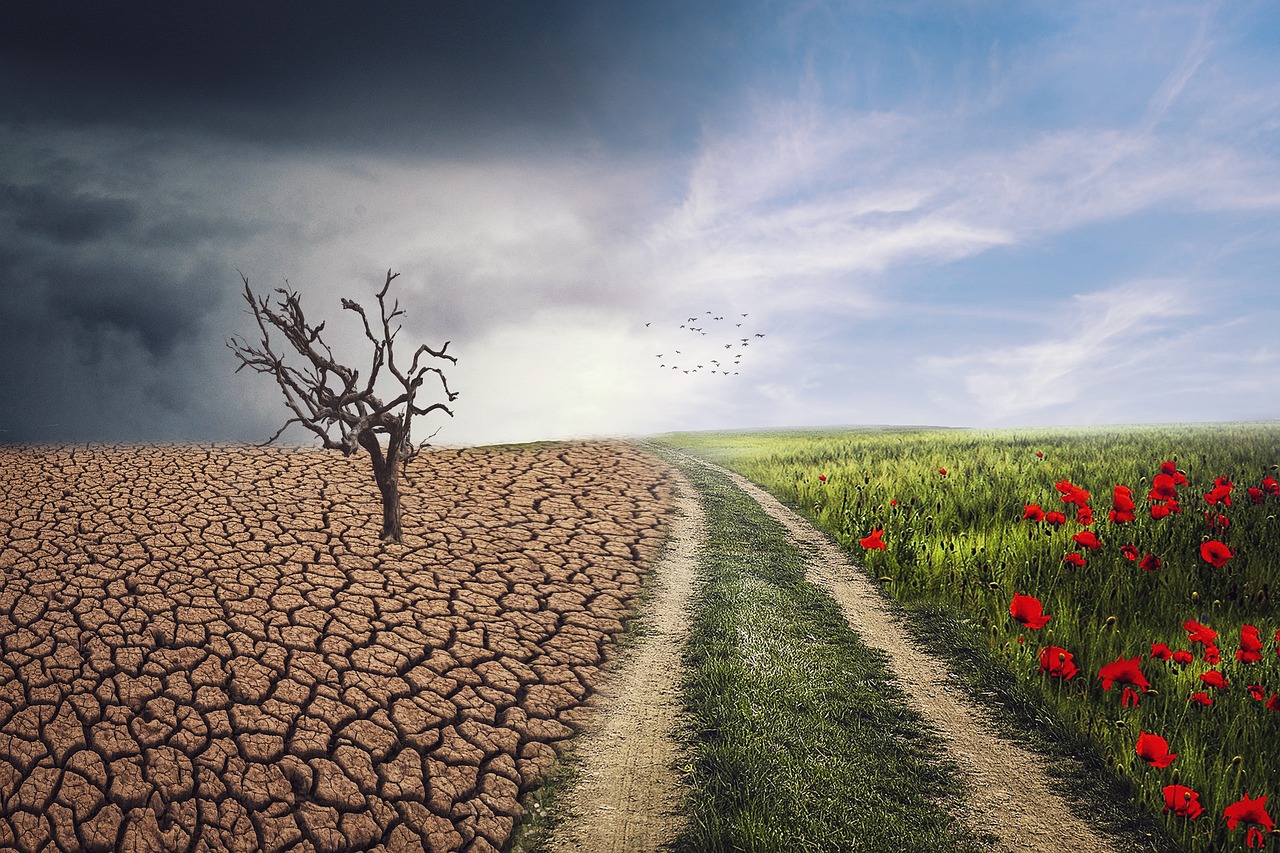Introduction:
Climate change is presenting unprecedented challenges, with the potential to disrupt societies and ecosystems on a global scale. For preppers and survivalists, preparing for the worst-case scenarios is crucial. In this article, we’ll discuss key strategies for building resilience in the face of extreme climate events and long-term shifts. Learn more about sustainable living and climate resilience at ClimatewiseLiving.com.
- Assessing Regional Climate Risks
Understanding the specific climate risks in your region is essential for effective preparedness:
- Research local climate projections to identify potential hazards, such as floods, droughts, storms, heatwaves, and wildfires.
- Evaluate your home’s vulnerability to these risks and consider relocating to a less vulnerable area if necessary.
- Create a detailed emergency plan that addresses the most likely climate hazards in your region.
- Building a Climate-Resilient Home
Your home should be a safe haven in the face of extreme weather events:
- Design or retrofit your home with climate-resilient materials and features, such as elevated foundations, reinforced roofing, and storm-resistant windows.
- Invest in passive cooling and heating systems, like proper insulation, shading, and natural ventilation, to reduce your reliance on external energy sources.
- Install renewable energy systems, such as solar panels and wind turbines, to maintain power during grid outages.
- Securing Food and Water Supplies
Long-term food and water security are critical in a climate-disrupted world:
- Develop a sustainable food production system, such as a permaculture garden or small-scale aquaponics system, to grow your food supply.
- Learn preservation techniques, like canning, dehydrating, and fermenting, to extend the shelf life of your harvest.
- Establish a rainwater harvesting system and store emergency water supplies to ensure access to clean water during droughts or other disruptions.
- Building a Comprehensive Survival Kit
A well-stocked survival kit is essential for emergency preparedness:
- Create a bug-out bag containing essential supplies, such as food, water, shelter, clothing, first aid items, and communication devices.
- Stockpile long-lasting, calorie-dense foods, like canned goods, freeze-dried meals, and grains, to maintain your nutritional needs during extended crises.
- Keep an extensive first aid kit and learn essential medical skills to address injuries and illnesses during emergencies.
- Developing Essential Survival Skills
Mastering a range of survival skills will increase your resilience and adaptability in the face of climate change:
- Learn basic wilderness survival skills, such as fire-starting, shelter-building, navigation, and foraging, to ensure self-sufficiency in any environment.
- Acquire practical skills like carpentry, plumbing, and electrical work to maintain and repair your home and essential systems.
- Study permaculture principles and techniques to create regenerative, self-sufficient food systems and ecosystems.
- Building Community Resilience
Strong communities are more resilient in the face of crises:
- Establish relationships with your neighbors and local organizations to share resources, skills, and information during emergencies.
- Participate in community resilience-building initiatives, like neighborhood preparedness programs or local food cooperatives.
- Develop a communication network to stay informed about local hazards, emergency services, and evacuation routes.
Conclusion: Prepping for the worst-case scenarios of climate change requires a combination of knowledge, skills, and resources to build resilience and adaptability. By assessing regional risks, creating a climate-resilient home, securing food and water supplies, developing survival skills, and fostering community resilience, preppers and survivalists can be better prepared for the challenges that lie ahead. To learn more about sustainable living and climate resilience, visit ClimatewiseLiving.com.

Comments are closed